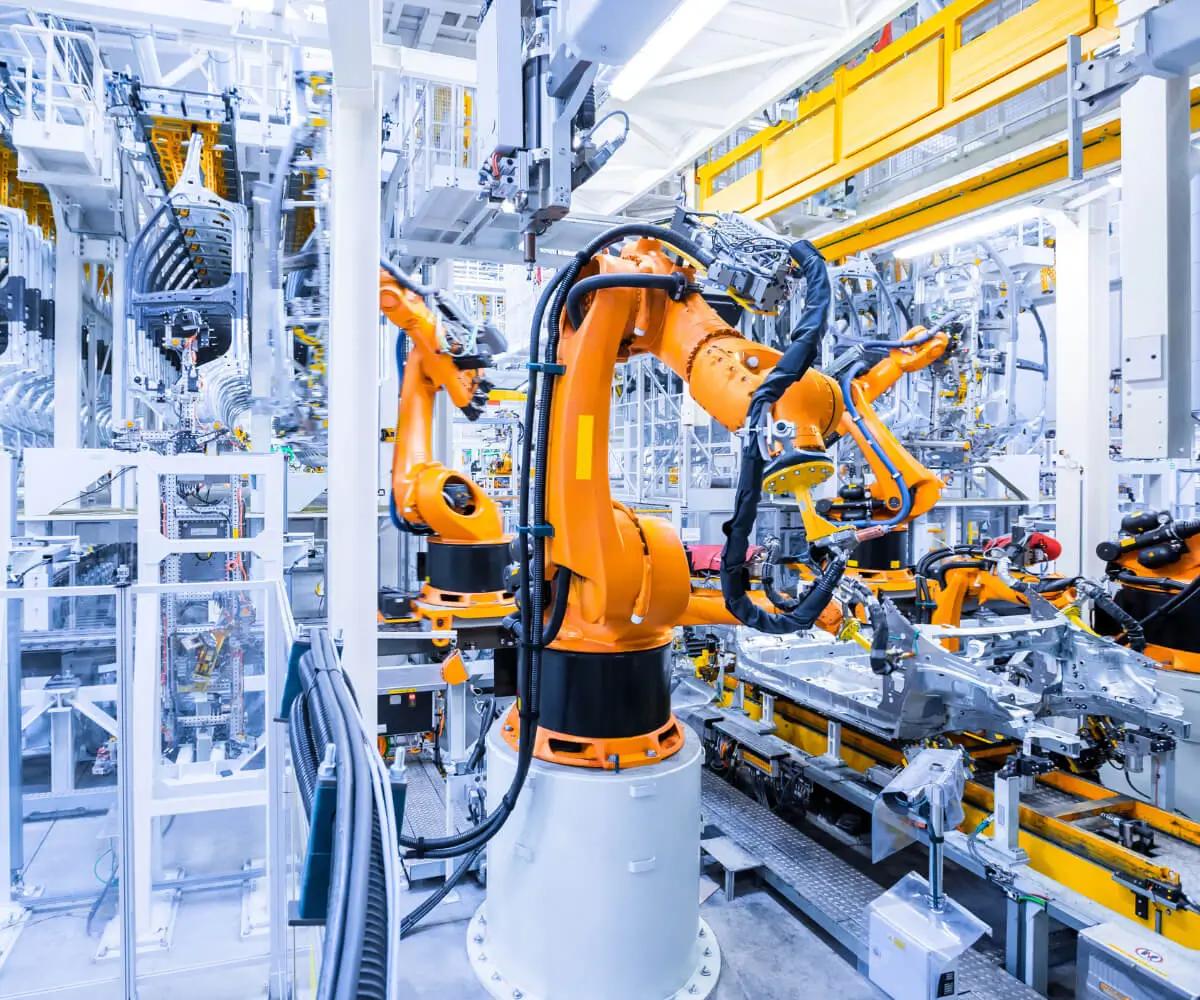In the bustling corridors of international trade, where every product crosses borders armed with codes and classifications, understanding the Harmonized System Nomenclature (HSN) code of your product becomes more than just a regulatory checkbox. It’s a vital key that unlocks transparency, compliance, and efficiency in trade transactions. Among the complexities of machinery, components, and specialized equipment, geared motors stand out as a fascinating niche—integral to countless applications across industries—from automation and robotics to manufacturing and HVAC systems.

But what exactly is a geared motor, and how does its classification under the HSN code influence global commerce?
A geared motor essentially combines a motor (typically electric) with a gear train, enabling it to deliver specific torque outputs at desired speeds. This compact assembly simplifies mechanical tasks in various machinery, making operations smoother, more efficient, and more reliable. Whether used in conveyor belts, elevators, industrial robots, or agricultural machinery, geared motors are the silent workhorses behind modern automation.
Now, navigating the tricky waters of import-export regulations means knowing how your product is classified internationally. The HSN code is a globally recognized nomenclature developed by the World Customs Organization (WCO), which assigns a unique 6-digit code to every commodity, providing a universal language for tax, duty, and statistical analysis. Countries can extend these codes up to as many digits as needed for further classification—like India’s scheme, which often employs an 8-digit or 10-digit code for GST and customs purposes.
For businesses involved in trading geared motors, the crux is understanding what HSN code applies to their products, how it impacts tariffs, and what the implications are in various markets. This understanding not only facilitates smooth customs clearance but also ensures compliance with local tax laws, such as the Goods and Services Tax (GST) in India or Value-Added Tax (VAT) elsewhere.
Why does the HSN code matter for geared motors?
First and foremost, it determines the applicable tariffs and taxes. Incorrect classification can lead to either overpayment—adding unnecessary expense—or underpayment, which might trigger penalties or delays. For exporters, an accurate HSN code paves the way for trouble-free shipping and billing. For importers, it streamlines the clearance process, ensuring machinery reaches production lines without costly hold-ups.
Moreover, the HSN code influences trade reporting, customs documentation, and compliance audits. It’s a critical component when filing GST returns, calculating import duties, or complying with cross-border trade regulations. Given the global scale of manufacturing and trading operations, familiarity with the correct classification becomes a competitive advantage.
What is the typical HSN code for geared motors?
In most cases, geared motors fall under a broader category that encapsulates electrical machinery and motors combined with gear components. For example, the Indian Customs Tariff Act points towards a specific code within Chapter 85—‘Electrical machinery and equipment and parts thereof; sound recorders and reproducers, television image and sound recorders and reproducers, and parts and accessories of such articles.’
More specifically, geared motors are often classified under:
HSN Code 8501: “Electric motors and generators (excluding generating sets)”
Within this, there are subcategories depending on specifics:
8501.31: Alternating current motors of an output exceeding 37.5 W but not exceeding 49 W 8501.32: Other DC motors 8501.33: Other AC motors of output exceeding 49 W but not exceeding 746 W 8501.34: Other AC motors of output exceeding 746 W
But when it comes to geared motors, especially those incorporating reduction gearboxes, the classification often extends to parts or assemblies—sometimes falling under 8508 or 8509 depending on how the components are integrated.
The critical part is recognizing that the added gear component doesn’t change the fundamental classification for the motor itself but rather influences how customs and tax authorities see the entire assembly.
Why correctness in classification is vital
Misclassification can lead to increased costs, legal troubles, or delays. For instance, if a geared motor is mistakenly classified under a more general code for electrical equipment with a lower duty rate, the importer might face penalties for under-declaration. Alternatively, over-classifying it could increase costs unnecessarily, impacting profit margins.
To ensure accuracy, many companies work with customs consultants or rely on official tariff rulings. Having clear technical specifications, detailed product descriptions, and compliant documentation simplifies this process.
The changing landscape of HSN codes
Another aspect to consider is the evolving nature of trade classification. As industries innovate and new types of motors and gear systems emerge, HSN codes are periodically updated. Governments and WTO members revise classifications to better reflect contemporary products and technological advancements.
For example, emerging highly specialized geared motors, such as those used in robotics or renewable energy sectors, might be assigned new or transitional codes. Staying updated on these changes ensures continual compliance and avoids surprises at customs.
Connecting with global standards
While the HSN code provides a standardized global framework, individual countries might have additional specifications or sub-classifications to accommodate local industry nuances. It’s advisable for traders to consult local customs authorities or legal experts to confirm the precise code applicable to their products.
In summary, understanding the HSN code for geared motors isn’t just a bureaucratic necessity; it’s a strategic move to streamline trade, reduce costs, and maintain compliance. The next part will delve even deeper into how to accurately determine the right HSN code for your geared motors, practical tips for classification, and real-world examples to guide your classification strategy.
Established in 2005, Kpower has been dedicated to a professional compact motion unit manufacturer, headquartered in Dongguan, Guangdong Province, China.




































